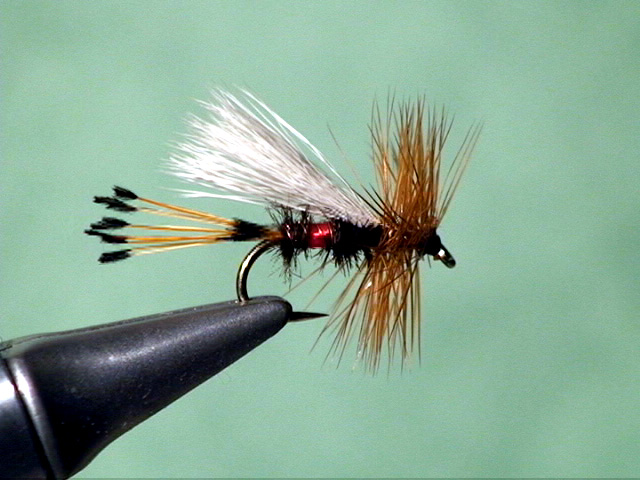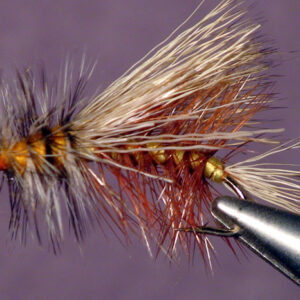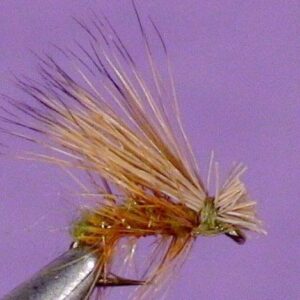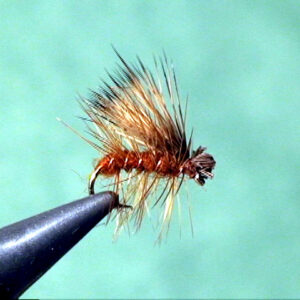Hook Size 12/14/16
The story goes, and we can’t vouch for it, is that a Mr. Carter Harrison
tied the first Trude in Island Park, Idaho, as a joke for a friend of his.
The friend was Mr. A. S. Trude, who hosted the fishing for a trip back
in the early 1900s.
The original fly only had the basics of what is now the Royal Trude
Trout Fly. Over the years, as all flies have, the Royal Trude was
changed and different versions of the fly evolved. For one thing, the
original fly didn’t have the barbs of the Golden pheasant feather that
the modern versions have.
Mr. Harrison contributed other flies during the early years including
the down-wing hair wing style. The original fly was just the Trude.
Since its beginning, the Trude has evolved into many different styles
and the Royal Trude is one of them. It combines the main features of
the Royal Coachman and the Trude.
Mr. Phil Wright also contributed to the cause and came up with the
Wright’s Royal fly which is basically the same except it doesn’t have
the tail of the Royal Trude.
Most Trude flies use white calf tail material for the wings. That makes
them very visible and that’s one of the things that makes the Royal
Trude a popular and successful fly pattern. The hair-wing Trudes
and the Royal Trudes all float well in rough water. It’s most successful
in freestone streams with lots of rough pocket water but some anglers
use it for many other types of fishing.
Like most of the old flies, the Royal Trude is a pretty fly and pretty
flies sell. Anglers like pretty flies, but it also catches trout and is
considered an excellent attractor fly.




